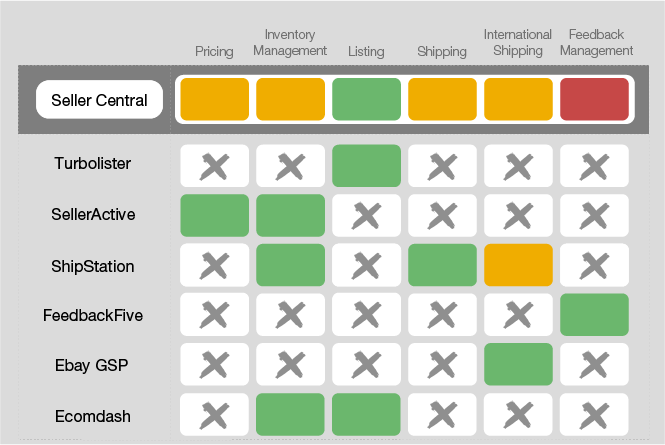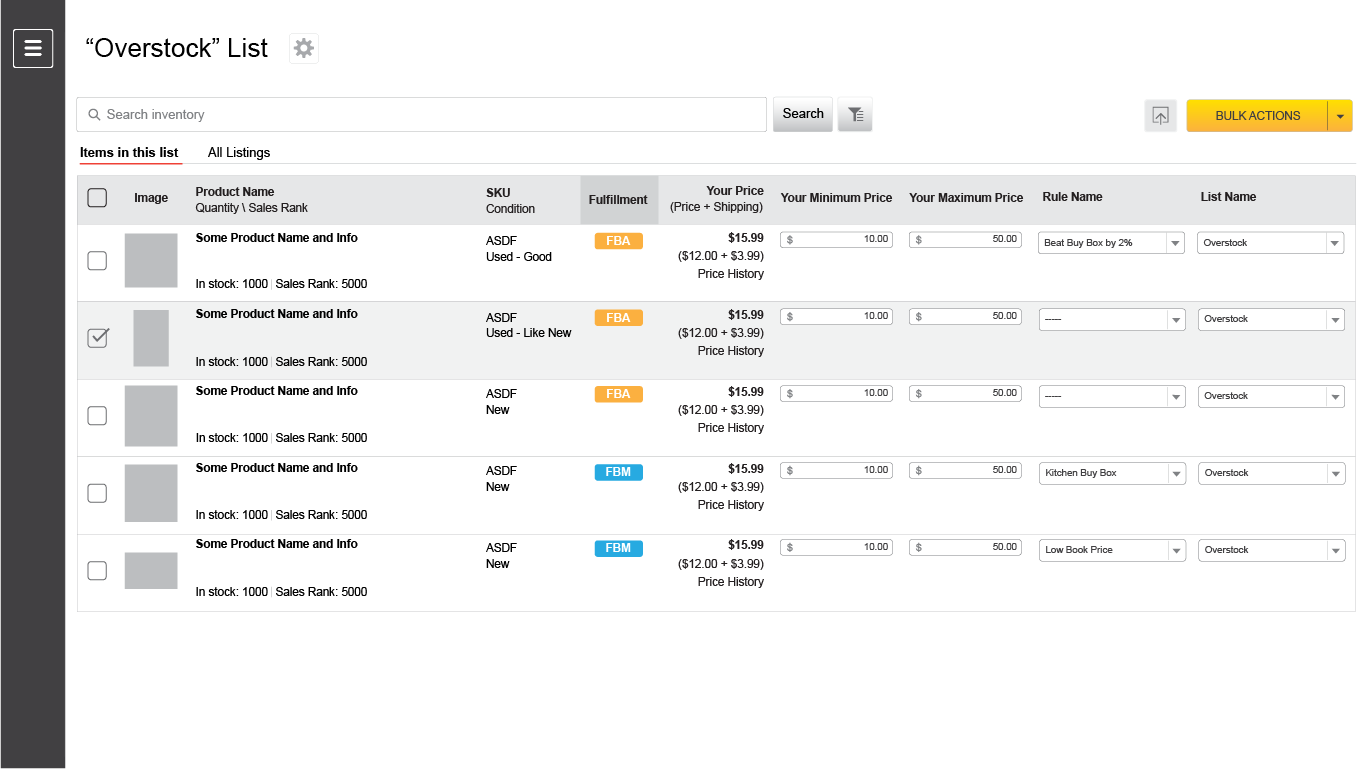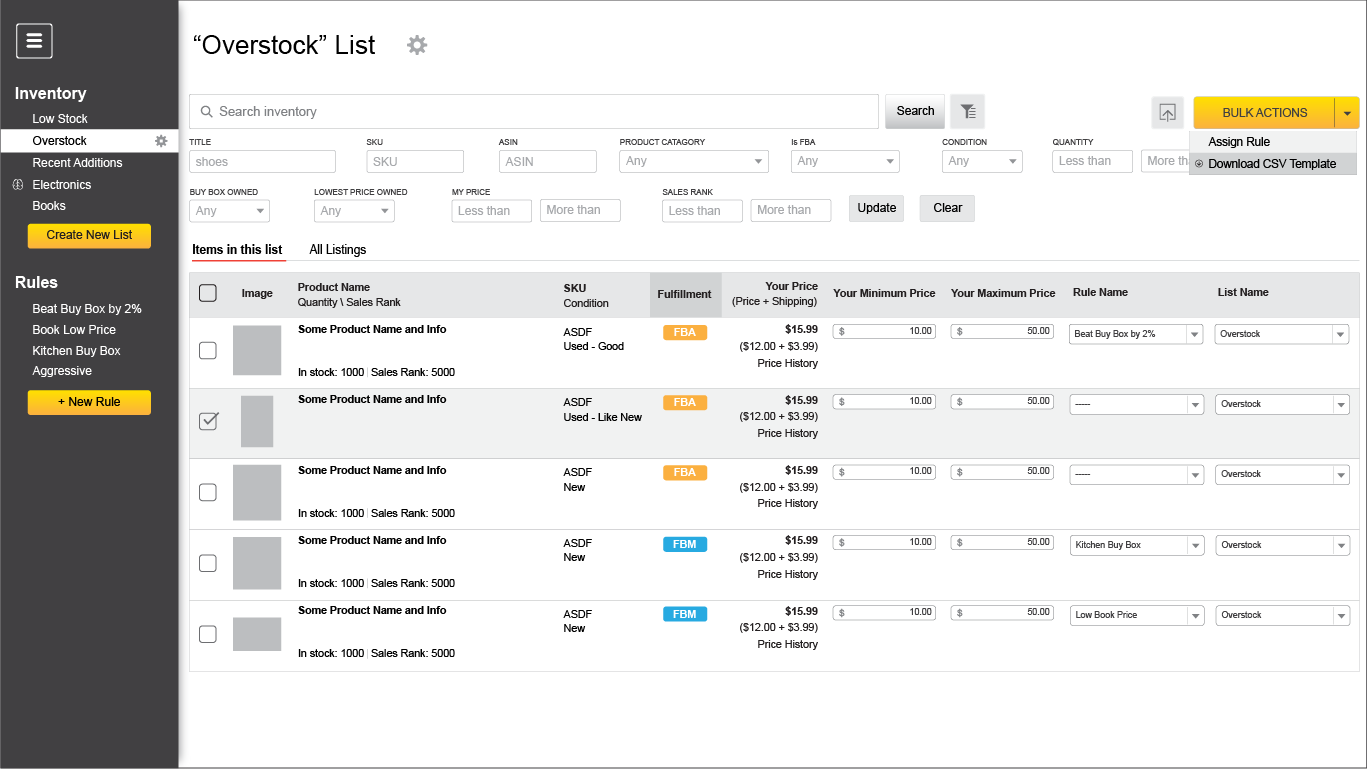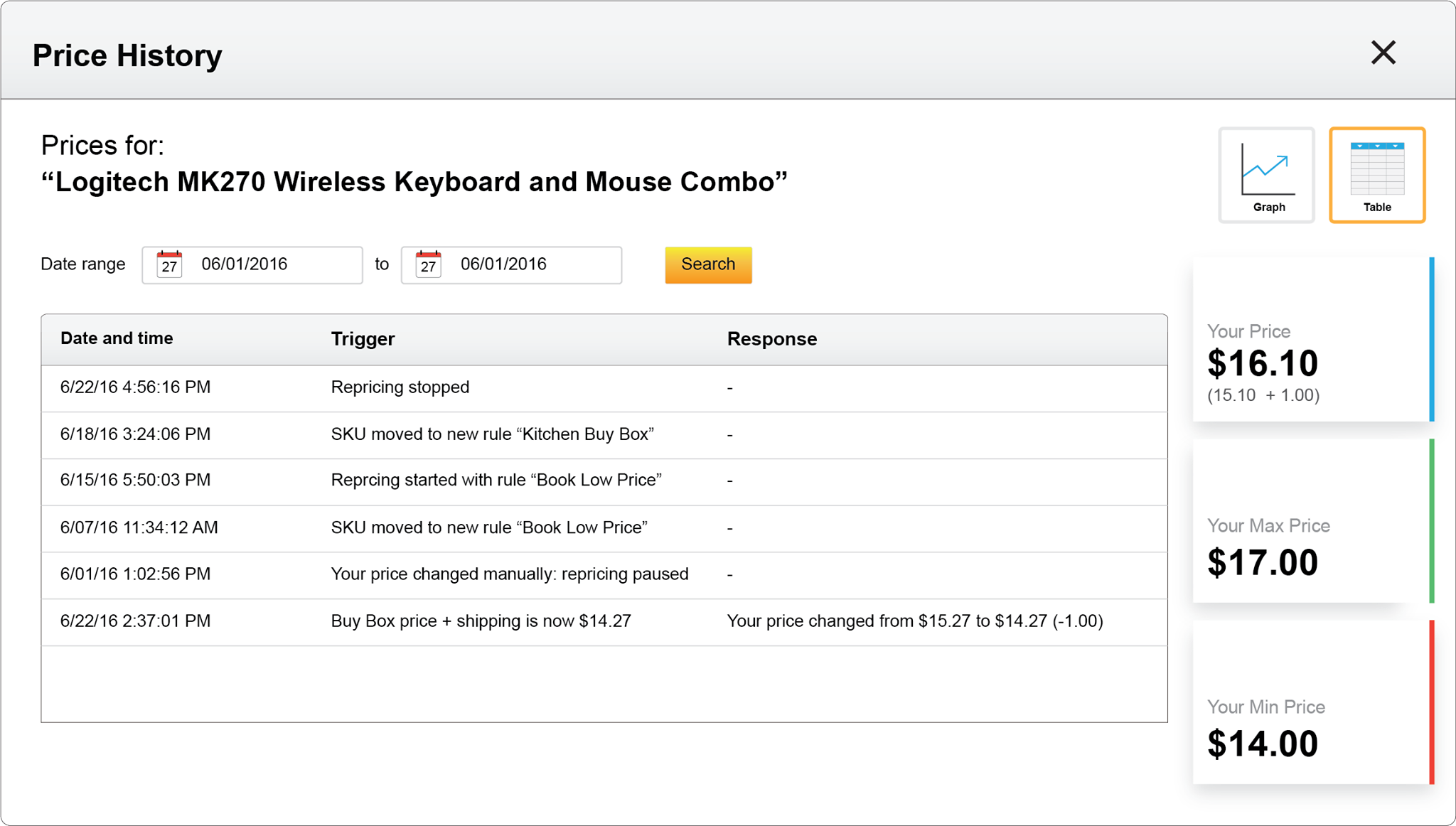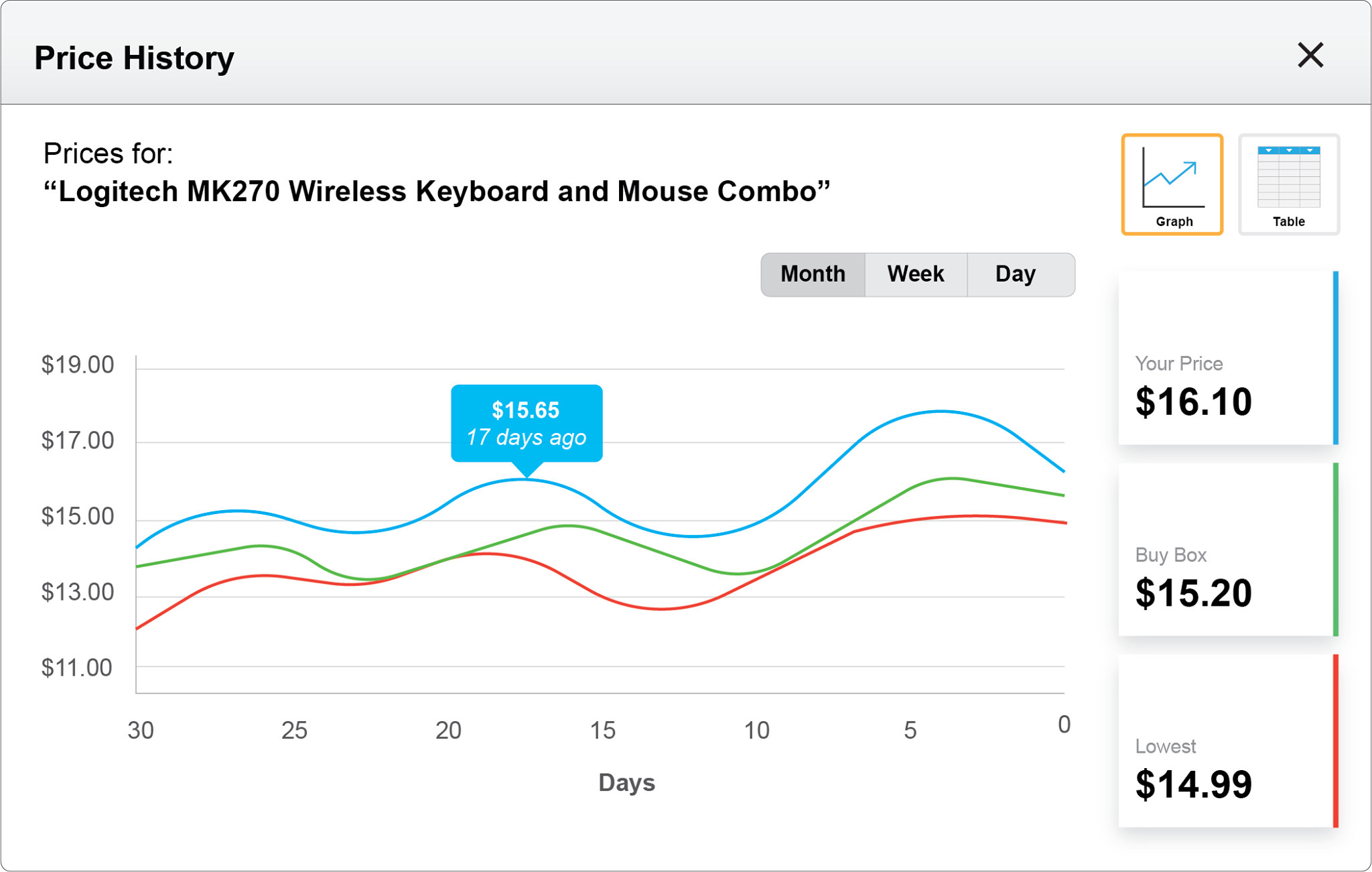Amazon Automated Pricing
Team: Design Students, Amazon Design Contact, PM Focus: UX Research
For my Capstone project at the Human Centered Design program at the University of Washington, I teamed with other students to research and design a useful enhancement to Amazon’s Seller Central platform. Along the way we were in regular contact with a design representative from Amazon who kept us in touch with an engineering and product team from Seller Central.
Due to the open ended nature of this project, it was heavily focused on user research.

